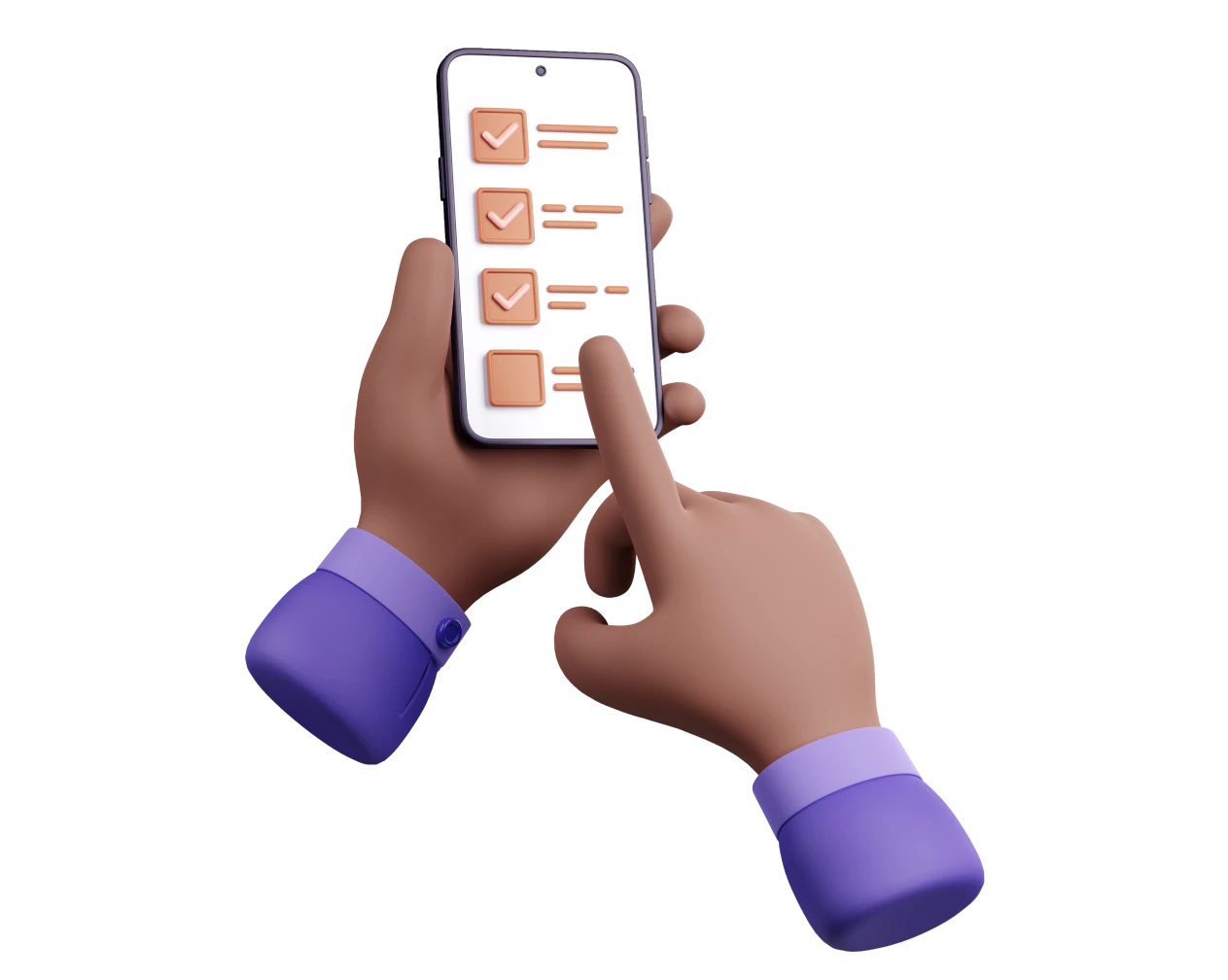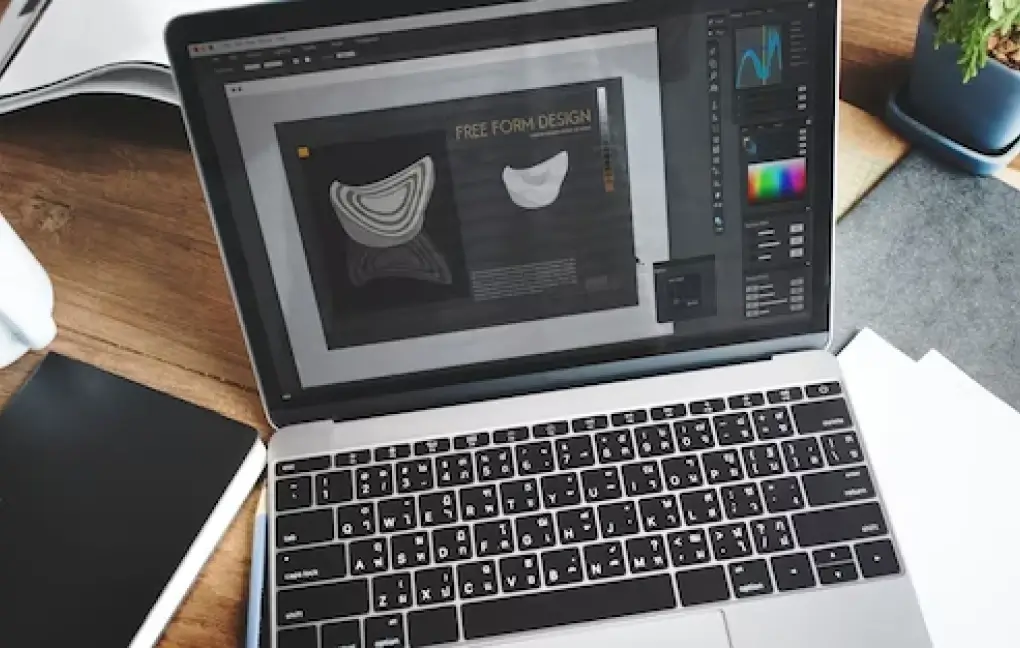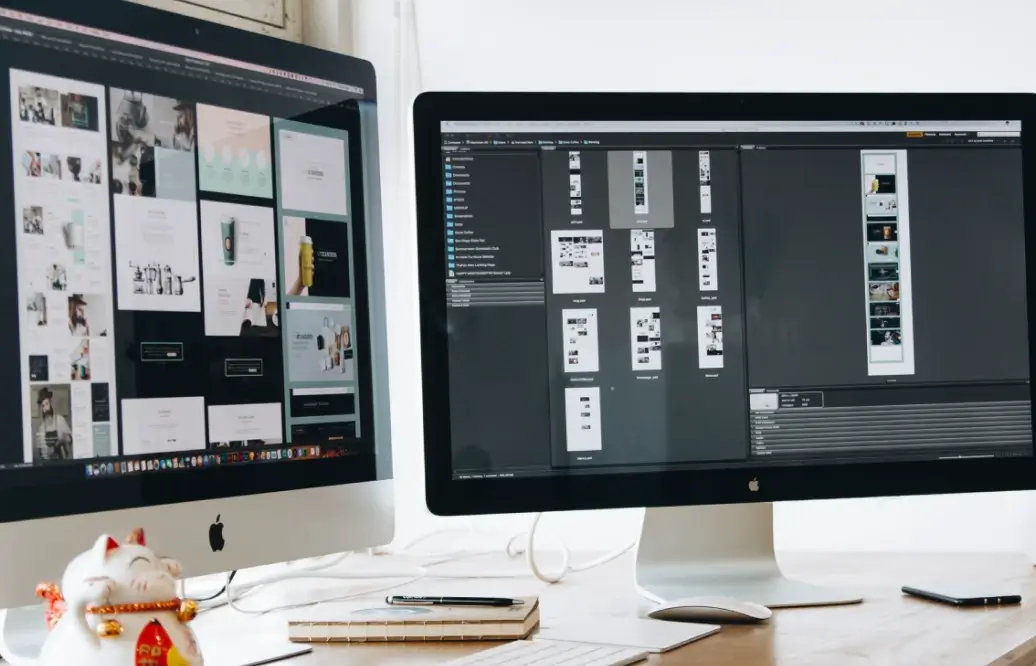Adaptive Design
Adaptive design allows for a product to respond and adjust to different screen sizes and devices providing a consistent user experience across all platforms.

Why do you need this platform?




Why do you need this platform?


Without adaptive design, users face difficulty in viewing the website on various devices, leading to poor user experience.




Adaptive design helps to optimize the website for different devices and network speeds, which leads to faster loading times and improved user experience.




Without adaptive design, the visual design of a website can become inconsistent across different devices, leading to confusion and a poor user experience.




Adaptive design helps to ensure that text is legible and properly sized on all devices, avoiding the issue of unreadable text.


Key results
User-Centered Design
A design process that prioritizes the needs and desires of the end-user. This results in a product or service that is intuitive, user-friendly, and meets the needs of the target market
Flexibility and Scalability
An adaptive design that can change and evolve as the needs of the user or market change. This helps to ensure that the product or service remains relevant and useful over time
Improved User Experience
An adaptive design that results in a more personalized and engaging user experience. This helps to increase customer satisfaction and engagement with the product or service
Increased Agility
An adaptive design that allows for quick and efficient changes in response to customer feedback or market demands. This helps to increase the competitiveness of the product or service and stay ahead of the market
Deliverables






Deliverables



Technology stack
Our project managers use various tools to ensure successful working on the project, meeting deadlines, and maintaining high-quality communication with the Client.
We emphasize planning, preparation for each stage of the design process, and constant work on improving our project management style.
The design process is simple. What do you need to get started.

1. Book a call
2. Fill the brief
3. Approve the quote
4. Run!
Business values

Increased User Satisfaction
Adaptive design allows for a personalized user experience, tailored to the device and context of use, resulting in higher user satisfaction and loyalty.
Improved User Efficiency
Adaptive design can lead to a more efficient user experience by streamlining tasks and reducing the time and effort required to complete them, resulting in increased user productivity.
Better User Engagement
By offering a more relevant and user-friendly experience, adaptive design can improve user engagement and help increase user retention.
Increased Revenues
Adaptive design can help attract and retain more users, leading to increased revenues and a more profitable business. By offering an optimal user experience across devices and contexts, businesses can better capitalize on their digital presence and reach a wider audience.
Our benefits
Milestone payment
Pay step-by-step before each milestone starts. You don't need to pay 100% in the first day. Communication with project manager helps clearly understand the cost of each stage of work on the project
Design process
We have implemented industry standard Design Operation Process. Each milestone has a clear structure, expectations and deliverables.
Full transparency
Receive Figma link from day 0. See how work performs in any moment. Project Manager will report to you daily in Slack and team will perform you a demo every week.

Excellent reviews
We have 10+ years of experience and finish 100+ projects annually. We can offer you advice on product development issues
Top-notch awarded team
We create products and services that resonate and are tailored to your audience’s needs. Thanks to our skills our designs were recognized as best in UI / UX industry on Behance, Dribble, Awwards
We are ex-Software Developers
We have an extensive experience in building web and mobile applications, that's why we understand how to communicate with software development team, what kind of specifications they need, and which items will be easier to implement.
Success story
Got Questions? We've got answers:
Getting started is easy! Simply contact us through our website email to schedule a consultation. We'll discuss your project goals, and provide you with a tailored plan to bring your design vision to life.
Yes, we take client confidentiality seriously. Your project details and ideas are kept confidential, and we are happy to sign a non-disclosure agreement (NDA) if required to ensure your peace of mind.
Our design agency offers a wide range of services including graphic design, web design, user interface (UI) design, user experience (UX) design, and more. We specialize in creating visually compelling and user-friendly designs.
Certainly! You can view our portfolio here on the website to see a selection of past projects. It showcases our expertise and the diverse range of design work we've completed for clients.
The timeline for a design project depends on its complexity and size. We work closely with clients to establish project milestones and deadlines. We strive to deliver high-quality designs within agreed-upon timeframes.
Our design process typically includes initial consultation and discovery, concept development, design revisions, client feedback, and final delivery. We emphasize collaboration and communication throughout the process to ensure your vision is realized.









